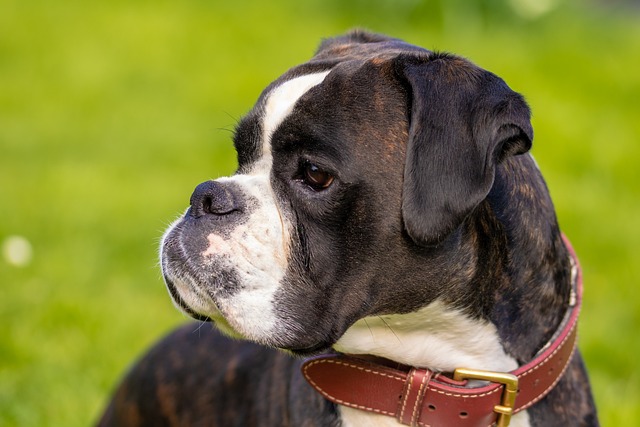
How do i train my dog to be obedient?
Watching your dog dart across the park ignoring your calls isn’t just frustrating—it can put them at risk near busy streets or public spaces.
You're watching your Border Collie puppy ricochet off your sofa like a furry pinball, and it hits you: "This energy needs direction!" Building a backyard agility course isn't just for pros—it’s a genius way to burn puppy steam while strengthening your bond. Best part? You can create a safe, effective setup using everyday items, even in a small suburban yard or apartment patio.
Agility taps into your dog’s natural problem-solving instincts. Canine behaviorists note that navigating obstacles releases dopamine, reducing anxiety and destructive chewing. But safety comes first: Never force jumps or climbs. Puppies under 12 months shouldn’t jump higher than their elbow height to protect developing joints. Always start low and slow—a wobble board made from plywood and a PVC pipe teaches balance without strain.
Here’s how to build your course on a budget. For jumps, use pool noodles threaded through garden stakes (adjustable height!). Weave poles? Repurpose tall traffic cones or weighted water bottles spaced 24” apart. Got a spare ladder? Lay it flat for "paw targeting" drills. Apartment dwellers, get creative: use hallway space for mini hurdles made from rolled towels, or turn ottomans into tunnels with draped blankets. Crucial step: Secure all equipment. That flimsy cardboard tunnel? An excited Lab will demolish it in seconds. Anchor fabrics with sandbags and check for splinters on DIY wood structures.

Training hinges entirely on positive reinforcement. Lure your pup through obstacles with high-value treats (freeze-dried liver works wonders), not collar tugs. If they balk at the tunnel, toss treats inside—no dragging! Keep sessions under 5 minutes; puppies learn best in bursts. Celebrate every attempt, even if they knock over a pole. Remember: in the U.S. and EU, physical corrections like jerking leashes or scolding during agility violate modern welfare standards.
Now, the neighborhood rules. Until your pup completes vaccinations (around 16 weeks), keep courses private. Public parks often ban unofficial equipment—that homemade A-frame could earn a fine in Portland for "unauthorized structures." Even in your yard, be mindful: if your course borders a sidewalk in a Chicago suburb, ensure jumps aren’t visible distractions to leashed dogs passing by. Noise matters too! Early morning weave pole practice in a Brooklyn apartment complex? Your neighbors won’t appreciate the clatter.
Post-training, always scoop waste immediately—yes, even in your own fenced yard. Many U.S. counties like Fairfax, VA require "prompt removal" of dog waste to protect watersheds. And if you practice in shared condo green spaces? Double-bag it. Nothing sours community goodwill faster than neglected poop near communal gardens.
See your pup master their first jump? That tail-wagging triumph is pure gold. With homemade agility, you’re not just building obstacles—you’re building confidence, one treat-fueled victory at a time.

Watching your dog dart across the park ignoring your calls isn’t just frustrating—it can put them at risk near busy streets or public spaces.

New puppy owners often find themselves rushing to clean up accidents before they set in, and that’s where puppy pad training becomes a game-changer.

If you've noticed your dog's waistline disappearing and your veterinarian has mentioned those few extra pounds, your first instinct might be to simply reduce the amount of food in their bowl.

Training a dog to use a designated spot indoors isn’t as daunting as many new owners fear, but it does take consistency and an understanding of your pet’s needs.

That moment of dread on a walk is all too familiar for many new dog owners. You see another dog approaching down the sidewalk of your neighborhood

If the sight of another dog on your neighborhood walk makes your heart sink as your own dog erupts into a frenzy of barking and lunging, you're not alone.